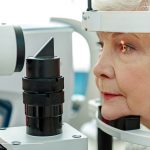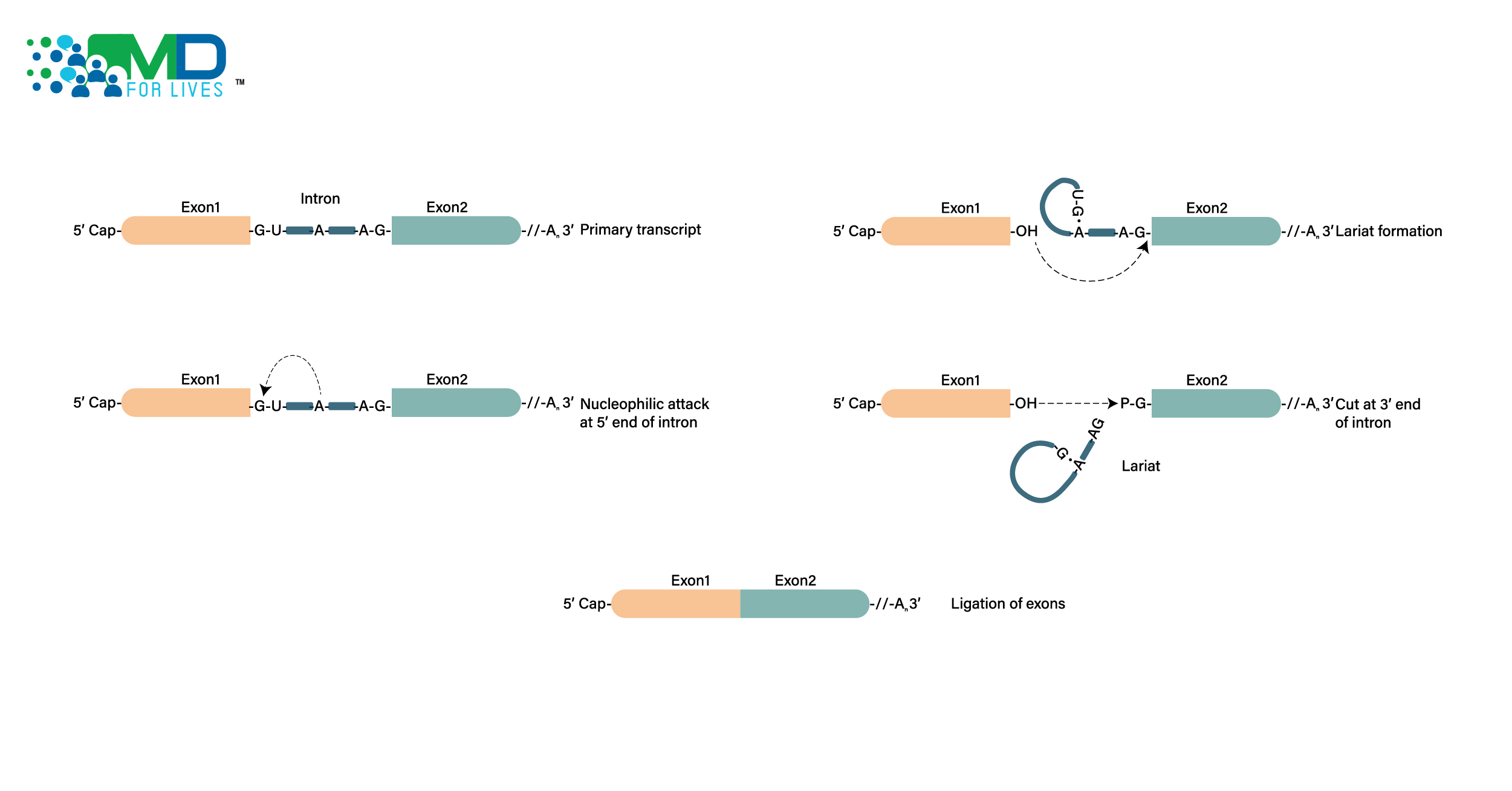In the realm of healthcare, effective patient-doctor communication is not just a desirable skill; it’s an essential component that can profoundly impact patient outcomes, treatment adherence and overall satisfaction. The intricate interplay of empathy, clarity and medical expertise forms the foundation of successful doctor-patient communication. This article delves into the art and science of improving doctor patient communication, emphasizing the significance of doctor-patient trust-building and compliance assurance.
The Power of Empathetic Communication
Empathy is the cornerstone of effective communication in the medical field. When doctors exhibit genuine empathy, patients feel valued and understood, leading to improved patient satisfaction and mental well-being. Empathetic communication involves active listening, understanding patients’ concerns and acknowledging their emotions without judgment. This empathetic approach can soften the often intimidating medical environment, encouraging patients to share vital information and collaborate more openly with their healthcare providers.
Clear and Accessible Language
The complexity of medical terminology can be overwhelming for patients, potentially leading to confusion, misunderstandings and problems with patient-doctor communication. Doctors must master the art of simplifying complex concepts and treatment plans into accessible language that patients can comprehend. This practice not only ensures patients have a clear understanding of their condition and treatment options, but also empowers them to actively participate in their healthcare decisions. The use of visual aids, analogies and patient-friendly resources can further enhance clarity and promote patient engagement.
Importance of Trust between Patients and Doctors & Building Trust Through Transparency
Trust between doctors and patients is the bedrock of a successful medical relationship. Establishing trust requires transparent communication with doctors, where doctors provide accurate and honest information about diagnoses, treatment plans, potential risks and expected outcomes. When patients perceive that their healthcare providers are open and transparent, they are more likely to feel confident in their care and adhere to recommended treatments. On the other hand, a lack of transparency can erode trust, hinder treatment adherence and lead to dissatisfaction.
Tailoring Communication to Individual Needs
Every patient is unique, with varying levels of health literacy, cultural backgrounds and personal preferences. Recognizing these differences and tailoring communication strategies accordingly are crucial. Doctors should adapt their communication style to match the patient’s understanding and preferences. This might involve using different approaches for diverse demographics, employing non-verbal cues or employing technology to communicate with tech-savvy patients. Personalized communication demonstrates respect for patients as individuals, fostering stronger relationships and encouraging compliance.
Overcoming Language and Cultural Barriers
In a diverse and multicultural healthcare landscape, doctors often encounter patients with varying language skills and cultural backgrounds. Effective communication involves bridging these gaps to ensure accurate understanding and successful collaboration. Providing interpreters or translated materials can help break down language barriers, while cultural sensitivity allows doctors to navigate different beliefs and practices, fostering a more inclusive and respectful doctor-patient relationship.
Addressing Emotional and Psychological Aspects
Healthcare isn’t just about physical well-being; it also encompasses emotional and psychological aspects. Doctors must be attuned to the emotional toll that medical conditions can have on patients and their families. By acknowledging these emotions and offering support, doctors can help patients cope more effectively with their conditions. Creating a safe space for patients to express their fears, anxieties and uncertainties not only strengthens the doctor-patient bond but can also contribute to better treatment outcomes.
Active Listening and Shared Decision-Making
Active listening is a vital component of effective communication. When doctors attentively listen to patients’ concerns, questions and preferences, it demonstrates respect and validates their input. This, in turn, promotes shared decision-making, where patients and doctors work together to determine the best course of action. Patients who actively participate in decision-making are more likely to adhere to treatment plans, as they feel a sense of ownership and responsibility for their healthcare outcomes.

Time Management and Communication
In today’s fast-paced healthcare environment, time constraints can pose challenges to effective communication. Doctors must strike a balance between conveying necessary information and respecting patients’ time. Efficient communication techniques, such as using concise yet informative explanations, can help ensure that patients receive the key details while maintaining their engagement. Moreover, setting clear expectations regarding the duration of appointments can reduce patient frustration and enhance overall satisfaction.
Adapting Communication in Telemedicine
The rise of telemedicine has introduced new dynamics to patient-doctor communication. Virtual appointments require doctors to adapt their communication style to effectively convey information through screens and devices. Establishing visual cues, maintaining eye contact and using appropriate gestures become paramount in maintaining a sense of connection and understanding in a virtual setting. Furthermore, ensuring that patients have the necessary technology and skills to engage in telemedicine appointments is essential for successful communication.
Ensuring Compliance Through Collaboration
Compliance with treatment plans is a common challenge in healthcare. Effective communication plays a pivotal role in promoting adherence. When doctors involve patients in treatment decisions and explain the rationale behind recommendations, patients are more likely to follow through. Moreover, regular check-ins and open discussions about progress and challenges can identify potential barriers to compliance, enabling doctors to adjust treatment plans as needed. Collaborative decision-making empowers patients, making them active partners in their healthcare journey.
Conclusion:
The art and science of patients’ communication with doctors go beyond relaying medical information; it encompasses empathy, transparency and tailored strategies to build trust and ensure compliance. Effective communication not only fosters stronger relationships but also positively impacts patient outcomes. By recognizing the unique needs of each patient, simplifying complex concepts and addressing problems with doctor-patient communication and emotional aspects, doctors can create an environment where patients feel heard, understood and empowered to actively participate in their healthcare decisions. As the healthcare landscape continues to evolve, the importance of improving patient-doctor communication remains a constant force for better patient care and improved overall health outcomes.

MDForLives is a vibrant community of healthcare professionals and patients dedicated to shaping the future of healthcare. We provide valuable global insights to healthcare companies through online surveys, interviews, and discussion forums.






